If you didn’t know, the lithe British sports car inspired the lightweight Japanese roadster’s charm—here’s how the two compare
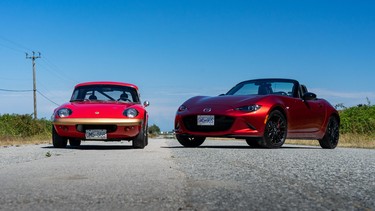
Article content
While it is generally agreed that Mazda preserved and resurrected the spirit of the Small British Sports Car when it launched the original Miata in 1989, there’s often some disagreement about which Small British Sports Car. Was Hiroshima trying to build an MGB for the 1990s? A reliable Triumph? A Spitfire that wouldn’t randomly go on fire? The answer is, roughly, “Yes.” Mazda wanted to bring the soul of all of these cars back — but there was one particular model that was the main inspiration.
Advertisement 2
Article content
This is a 1965 Lotus Elan S2, a friendly-faced little roadster that looks like it just drove off the pages of a Richard Scarry Busytown book, pursued by Sergeant Murphy on his motorcycle. Don’t be fooled by its cutesy charm: this particular example was the Western Canadian champion in its racing class in 1967, ’68, and ’69. Wee it may be, but the Elan punched well above its weight, something synonymous with the Lotus brand.
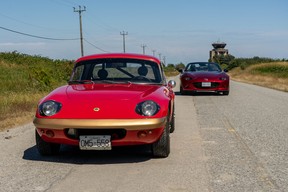
Parked next to it, a 2023 Mazda MX-5 looks more Goliath than David, but it is the true spiritual heir to the Elan’s legacy. The upcoming 905-hp Lotus Eletre crossover is sure to thrill with visceral EV acceleration and the grip afforded by massive tires, but it’s the opposite of Lotus’ unofficial “Simplify, and add lightness” ethos. If you’re a Lotus fan, there’s a bit of sadness here, like finding out your favourite soufflé on the menu has been replaced by a 4,000-cal slice of chocolate cake that comes with a warning to diabetics. Everyone loves chocolate, but less is more, even for dessert.
Advertisement 3
Article content
However, there’s this lovely little pâtisserie in Hiroshima that still knows how to bake lightness right in. A sunny summer’s day on the West Coast provides the perfect setting to show how Mazda has saved the essence of something fragile, yet special.
-
![Generation Gap: Ranking each and every Mazda MX-5 Miata]()
Generation Gap: Ranking each and every Mazda MX-5 Miata
-
![Honda S2000 EV rumoured, Mazda confirms electrified MX-5]()
Honda S2000 EV rumoured, Mazda confirms electrified MX-5
A French word for ‘enthusiasm,’ a British one for ‘speed’
When the Elan was introduced in 1962, Lotus was well on its way to becoming a household name at the pinnacle of motorsport. At Monaco in 1960, arguably the crown jewel of the F1 calendar, Sir Stirling Moss qualified on pole and then proceeded to win the race. It was the first Formula One win for Lotus, and just three years later the company won the F1 constructor’s championship, thanks to legendary Scots racer Jim Clark.
Advertisement 4
Article content
As with Ferrari, Lotus sold road cars to pay for the racing. The Elan was developed as a fibreglass body draped over a steel backbone chassis, with first a 1.5L and later a 1.6L four-cylinder engine. It was very light at under 700 kg, and absolutely tiny next to something like a Jaguar E-Type.
Advertisement 5
Article content
Lotus founder Colin Chapman demanded that his racing machines do more with less, and so it was with the Elan. Like the Super 7 that proceeded it, there was hardly anything to this little roadster. It borrowed parts like the steering and front suspension from the Triumph Spitfire, and the design was pared back to the point that it didn’t even have hinges for the front hood.
Climbing behind the wheel is not actually that difficult, thanks to a cabin that’s not far off the dimensions of the aforementioned E-Type. The doors reach forward past the edge of the windshield to allow a little more room to fold your legs in. Buckled up, it’s snug and low-slung, but not cramped.
All that lack of mass gives the Elan little inertia to overcome. It’s hummingbird-quick, both in terms of acceleration and ability to change direction. There’s plenty of grip, but because wide tires aren’t needed to fight chassis weight, the steering is alive with feedback. The twin-cam inline-four in this example is well-tuned, but it doesn’t need to work very hard to have this little car scampering across the landscape.
Advertisement 6
Article content
Making charm rare no longer
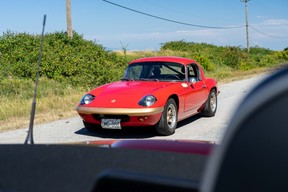
Engineering something to be as light as possible does come with a few drawbacks. If only absolutely necessary strength is engineered in, then daily use can soon wear right through. The Elan was a bit like the balsa-wood gliders of your youth: fun for an afternoon’s play, but frequently broken.
Further, this was a costly little car in its day. As a result – Lotus’ record-keeping is as erratic as you might expect – somewhere between 8,000 and 12,000 Elans were sold in all varieties over its eleven-year run. Roughly a tenth of those are known to still be on the road today.
By contrast, Mazda sold its 1,000,000th MX-5 in the summer of 2017. The modern MX-5 is less of a best-seller than the original NA-chassis car was, but it has outlived many other roadsters, from the Honda S2000 to the Audi TT.
Advertisement 7
Article content
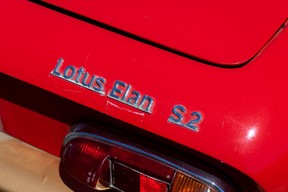
The experience of an Elan can be intense but fleeting, and requires a hands-on ownership experience. David Birchall, owner of this 1965 Elan S2, has had four Elans over the decades, starting out racing them; he knows the cars inside and out. When I arrived at his house, he had his pre-war Bentley stripped down for a mild-acid bath of the engine block. “My pickled Bentley,” he called it. You need to know what you’re doing to keep an Elan on the road.
With all generations of the MX-5, much less arcane mechanical knowledge is required. As the early cars age, some wrenching ability is required, but for the most part the ownership experience of an MX-5 is just putting in gasoline and getting out fun.
Lotus, with a dash of vitamin B
Advertisement 8
Article content
Originally, back in the mid-1980s, Mazda’s Californian design team had crafted a concept that was recognizably what would become the Miata. Called the Duo 101, it had the proportions, the pop-up headlights, and the rear-wheel-drive layout. However, it didn’t yet move.
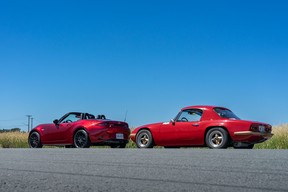
To get the driving dynamics sorted, Mazda sent a running prototype to International Automotive Design, a British firm located in the south of England. The team there gathered together all kinds of British sports cars, from Triumph, to Morgan, to Elan, to MGB. These last two would become the most important.
The MGB is often put up as the MX-5’s proper ancestor, but it’s more like the Miata had two parents. Compared to the Elan, the MGB was a far more common and accessible car, less delicate, more conventional in design, and easier to work on (but a third heavier). The Elan was for serious racers, the MGB offered fun with (slightly) fewer headaches. Mazda blended the two, even basing the Miata’s exhaust note off that of the MGB.
Advertisement 9
Article content
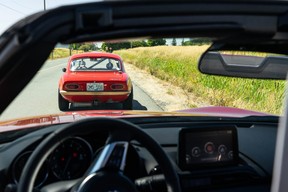
An early 1990s Miata seems very close to the Elan’s specifications, with a 1.6L engine making 116 horsepower, and a chassis that weighed 950 kg. That’s not quite as light as the Lotus, but the original Miata was considerably more sturdy and reliable. Like the Elan, it had a soft suspension ideal for bumpy British back roads. No need for stiff suspension and big power if you’re light enough on your feet.
The last true sports car
Swapping between the Elan and the modern MX-5 really emphasizes how faithfully Mazda has cleaved to its ideals. This is a much bigger car than the 1960s Lotus, but not in the same way that a modern Mini looms above a Rover original. The MX-5 is still one of the smallest cars on the road, and it feels like it.
Advertisement 10
Article content
Advertisement 11
Article content
Of course, it can’t touch the Elan for curb weight, not in the modern era of crash regulations. But at around 1,100 kg, it’s roughly 200 kg lighter than the Subaru BRZ, its closest affordable sports-car rival. Some of the Japan-only 1.5L model variants tuck in at actually below the 1,000 kg mark.
It’s still softly sprung yet agile, letting the driver know what the chassis is doing, teaching gentle lessons about the effects of weight transfer. The soft-top snaps down in less than two seconds, inviting the world into the cabin. The 2.0L engine, now making a feisty 181 hp at 7100 rpm, gives the car decent speed — but not too much for the road.
And, fittingly, the MX-5 is the most-raced car in the world. Thanks to series like Spec Miata, MX-5s have been slinging around tracks all over the world for decades. Many a driver has learned their racing craft behind the wheel of an MX-5, and more than a few will tell you that it’s some of the purest racing out there.
Advertisement 12
Article content
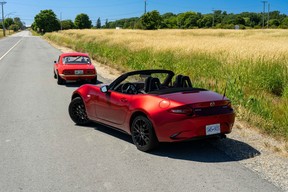
But the fourth-generation MX-5 is eight years old now, long in the tooth by automotive standards. On a long drive to and from the Okanagan, it still felt as lively and special as they come, but the roads were awash with bicycle-laden crossovers or pickup trucks.
In the short-to-medium term, more EVs and hybrids on the roads will mean the end of cars like the MX-5 and Elan. Not to be overly pessimistic – a lightweight battery breakthrough could still happen – but the rules of speed have changed. Now, big battery packs and more technology easily outperform their weight penalties. Want to be quicker? Complicate, and add weight.
The 2023 Mazda MX-5 is a car at the sunset of the ideals that make the Elan such a special little machine. It has a lovely glow about it. The long summer of the sporting roadster may be near its ending, but it’s not quite over yet.
Stay connected with us on social media platform for instant update click here to join our Twitter, & Facebook
We are now on Telegram. Click here to join our channel (@TechiUpdate) and stay updated with the latest Technology headlines.
For all the latest Automobiles News Click Here

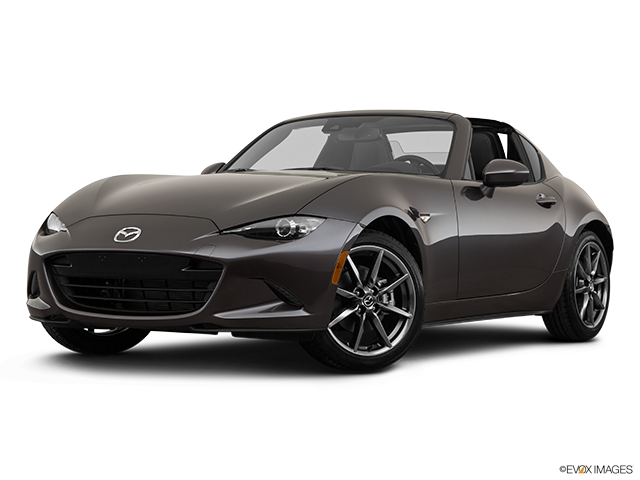


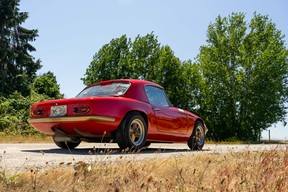
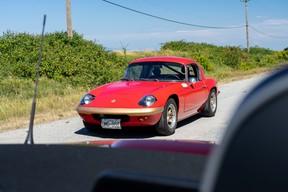
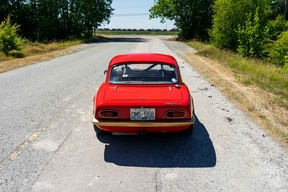
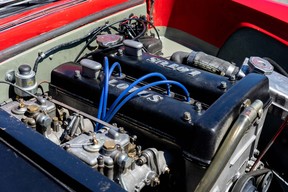
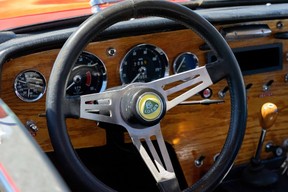
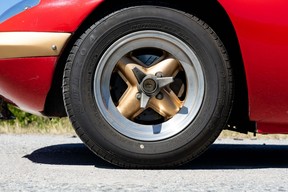
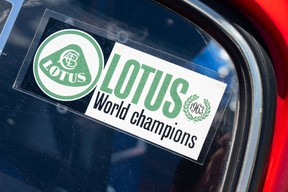
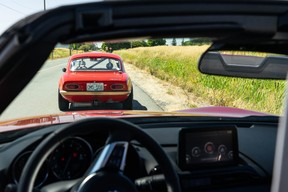
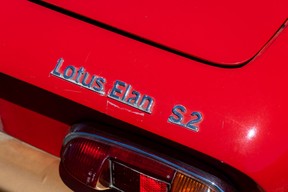
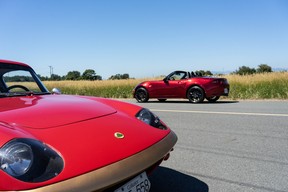
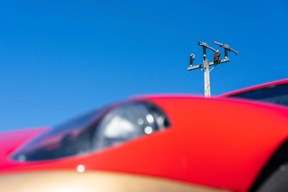
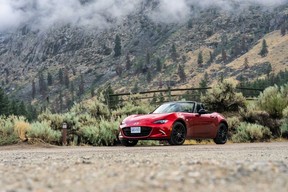
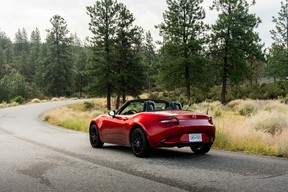
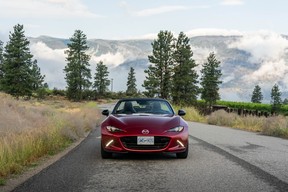
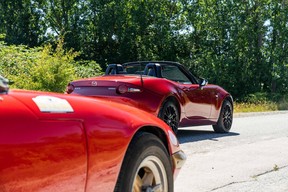

Comments
Postmedia is committed to maintaining a lively but civil forum for discussion and encourage all readers to share their views on our articles. Comments may take up to an hour for moderation before appearing on the site. We ask you to keep your comments relevant and respectful. We have enabled email notifications—you will now receive an email if you receive a reply to your comment, there is an update to a comment thread you follow or if a user you follow comments. Visit our Community Guidelines for more information and details on how to adjust your email settings.
Join the Conversation